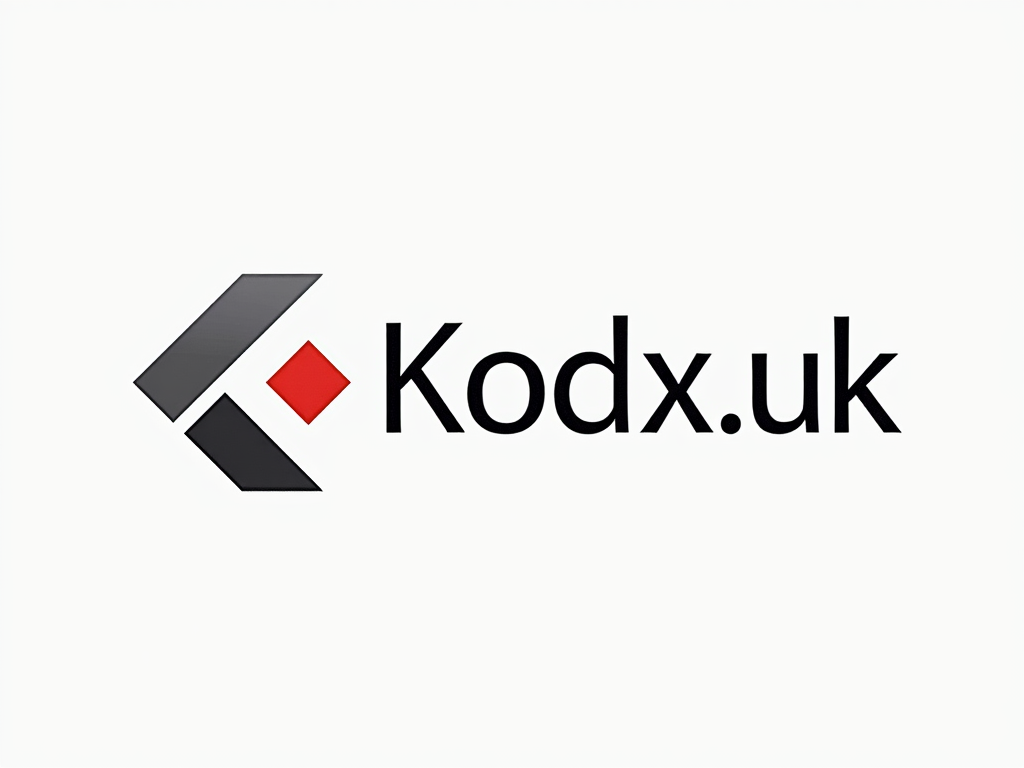
Why URL Redirects Matter for SEO and User Engagement
Created on 17 April, 2025 • Tools for Web Developers • 1,395 views • 2 minutes read
In the complex world of website management, URL redirects often fly under the radar until something goes wrong.
Why URL Redirects Matter for SEO and User EngagementIn the complex world of website management, URL redirects often fly under the radar until something goes wrong. Yet these technical mechanisms play a crucial role in maintaining your site's search engine rankings and ensuring positive user experiences. When implemented correctly, redirects seamlessly guide visitors and search engines from old pages to new ones. When handled poorly, they can damage your SEO efforts and frustrate users, leading to lost traffic and revenue.
Understanding 301 vs. 302 Redirects: What's the Difference?
Not all redirects are created equal, and choosing the wrong type can significantly impact your website's performance:
301 Redirects are permanent redirects that transfer approximately 90-99% of the original page's link equity (ranking power) to the new URL. They tell search engines: "This page has permanently moved to a new location."
302 Redirects are temporary redirects that signal to search engines that the move is not permanent. They pass minimal link equity and maintain the original URL in search indexes.
When to use each: Implement 301 redirects when permanently changing URLs, domain names, or site structures. Use 302 redirects only for temporary changes, such as maintenance periods or seasonal landing pages.
How Redirects Impact Your SEO Rankings
Redirects directly influence how search engines crawl, index, and rank your website:
Link Equity Preservation: Properly implemented 301 redirects transfer most of the original page's ranking signals to the new destination, maintaining hard-earned SEO value.
Crawl Budget Efficiency: Redirect chains (multiple redirects in sequence) waste your crawl budget and slow down page loading, negatively affecting user experience and SEO.
Mobile Optimization: With mobile-first indexing, ensuring your redirects work properly across all devices is essential for maintaining rankings.
Quick Tips for Detecting Invalid Redirects
Identifying and fixing problematic redirects should be part of your regular website maintenance:
Regular Crawling: Use tools like Screaming Frog or DeepCrawl to identify redirect chains, loops, and broken redirects.
Server Log Analysis: Review your server logs to spot excessive redirects that might be consuming your crawl budget.
Browser Developer Tools: Use the Network tab in Chrome DevTools to analyze redirect paths and identify unnecessary hops or errors.
The Benefits of a Proper Redirect Setup
A well-implemented redirect strategy delivers multiple advantages:
Preserved Search Rankings: Maintain the SEO value you've built over time even when URLs change.
Enhanced User Experience: Visitors seamlessly reach their intended destinations without encountering error pages.
Brand Protection: Properly redirected pages maintain your professional image and prevent visitors from assuming your content has disappeared.
Take control of your website's redirect strategy today. Don't let technical oversights undermine your digital marketing efforts and user experience.
Ready to Check Your Redirects?
Try Kodx.uk's free redirect checker tool to scan your website for problematic redirects that could be harming your SEO performance and user experience. Our comprehensive analysis will help you identify and fix issues before they impact your rankings.
Pro Tip for Webmasters: Set up a monthly redirect audit schedule and immediately implement 301 redirects whenever you remove or relocate content. The sooner you establish proper redirects, the less likely you'll experience traffic or ranking drops during site changes.